7 Iconic Girl Groups That Ruled the 1960s
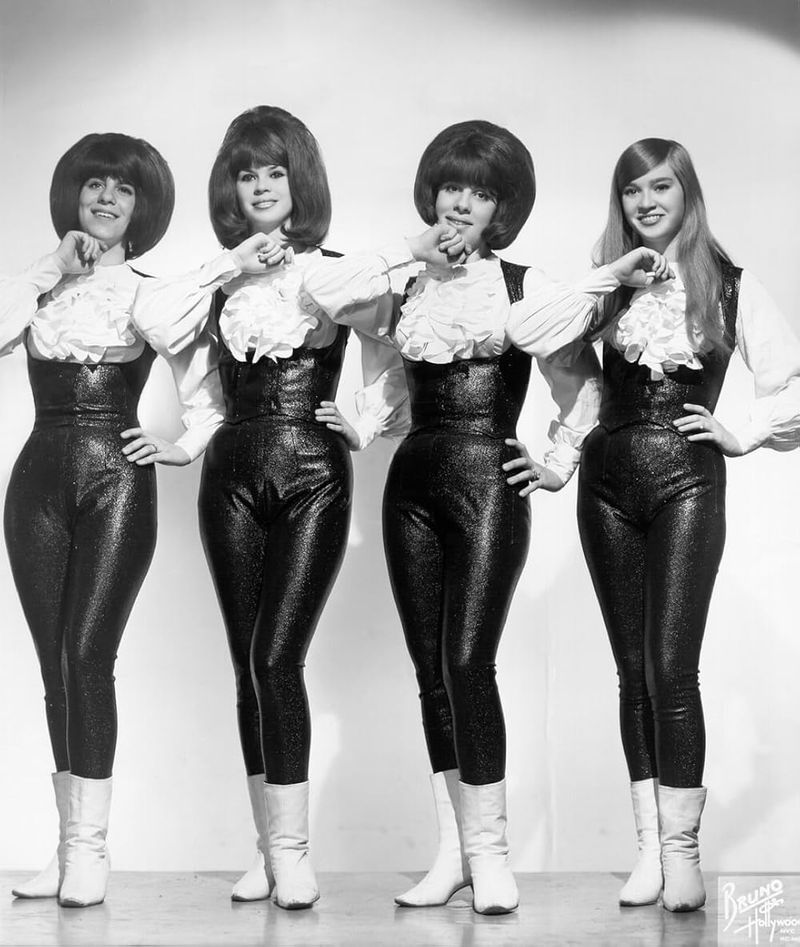
The 1960s music scene was transformed by the powerful harmonies and captivating performances of all-female vocal groups. These talented young women broke barriers in the male-dominated music industry while creating timeless hits that still make us dance today. From Motown’s polished productions to the dramatic storytelling of teenage heartbreak, these girl groups defined an era and influenced generations of musicians to follow.
1. The Supremes
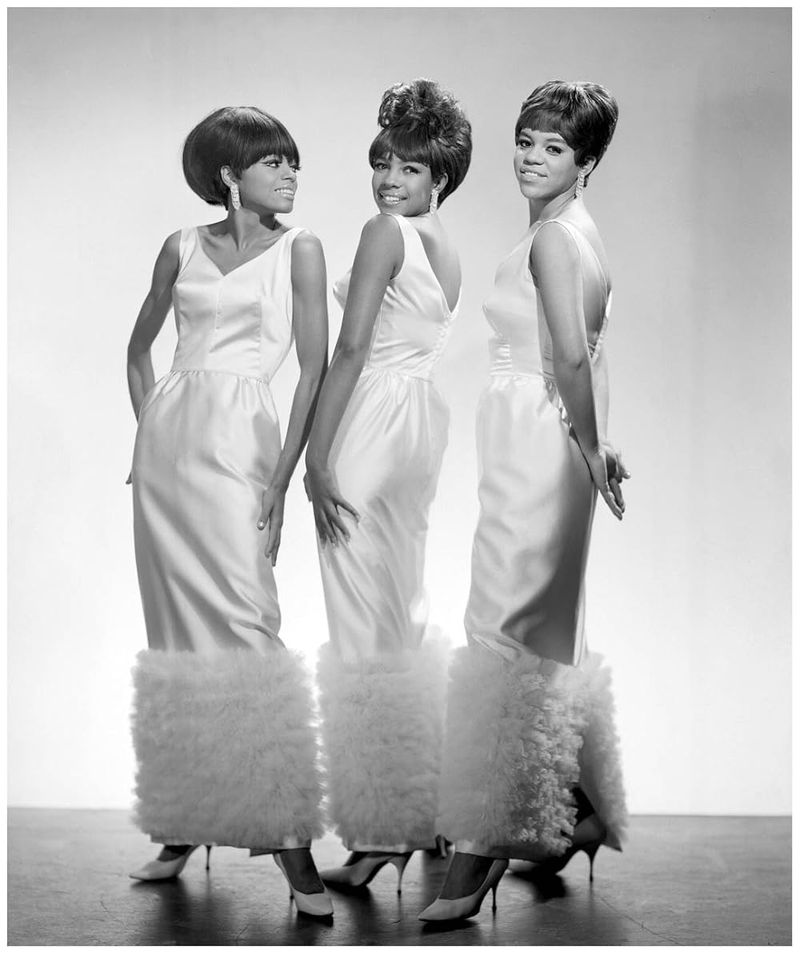
When Berry Gordy assembled The Supremes, little did he know they would become Motown’s most successful act of the decade. Diana Ross, Mary Wilson, and Florence Ballard combined silky vocals with sophisticated style, breaking racial barriers on mainstream television and radio.
Their string of chart-toppers was unprecedented – five consecutive number one hits including “Where Did Our Love Go” and “Baby Love.” The group’s elegant gowns and choreographed performances set a new standard for polish and professionalism in pop music.
By mid-decade, The Supremes had become international superstars, eventually selling over 100 million records worldwide. Their success opened doors for Black female artists and cemented Motown’s reputation as “Hitsville U.S.A.”
2. The Ronettes
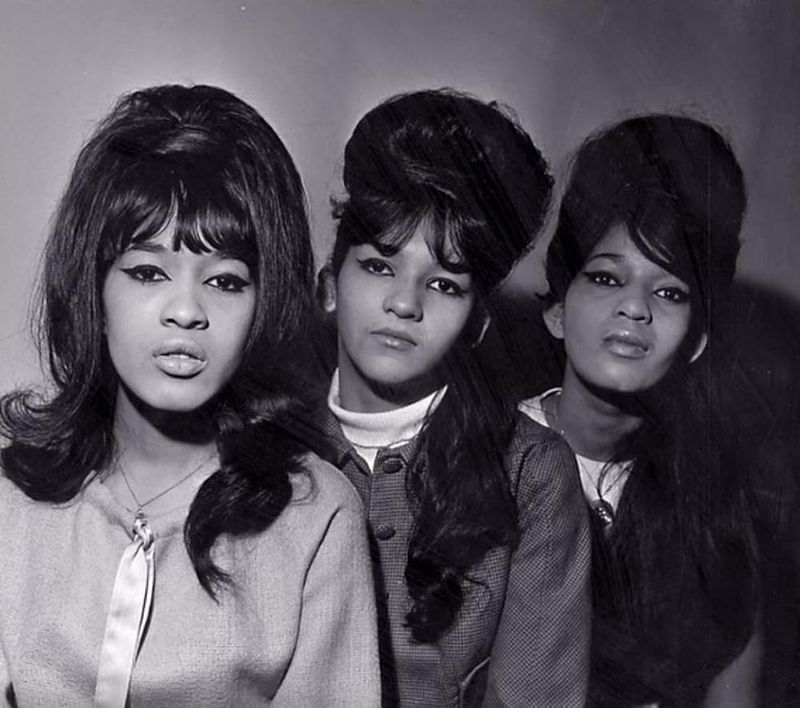
Sultry vocals, towering beehive hairdos, and dramatic eyeliner defined The Ronettes’ unmistakable presence. Lead singer Ronnie Spector’s voice could convey both vulnerability and strength, cutting through Phil Spector’s dense “Wall of Sound” production on classics like “Be My Baby.”
Sisters Veronica and Estelle Bennett, along with their cousin Nedra Talley, grew up in Spanish Harlem before rocketing to fame. Their bold fashion choices – tight skirts, heavy makeup, and teased hair – challenged the clean-cut image expected of female performers of the era.
The group toured with The Beatles and The Rolling Stones at the height of their fame. Though their career was relatively brief, their influence on music and style continues to resonate through artists like Amy Winehouse and Adele.
3. The Shirelles
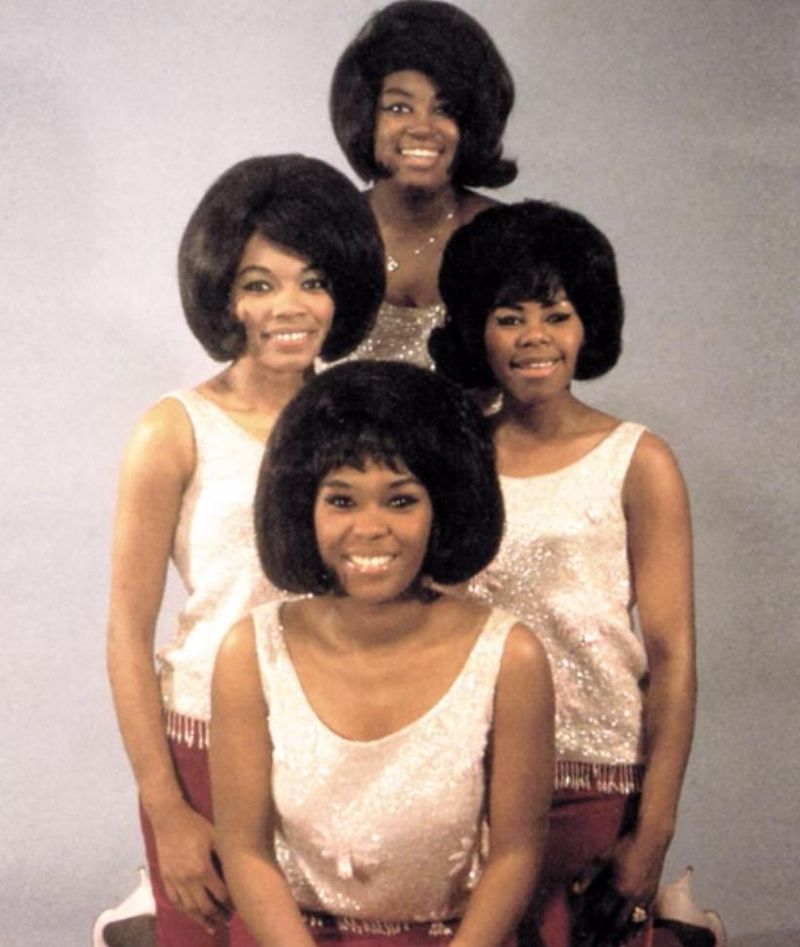
Four high school friends from Passaic, New Jersey changed music history forever. Shirley Owens, Doris Coley, Addie Harris, and Beverly Lee formed The Shirelles after performing at a school talent show, never imagining they’d become trailblazers.
Their 1960 recording of “Will You Love Me Tomorrow” made them the first all-female group to top the Billboard Hot 100. The song’s mature themes about romance and intimacy broke new ground for women in pop music, addressing feelings young women weren’t supposed to express publicly.
The Shirelles’ sound blended doo-wop, R&B, and pop into something entirely new. Despite facing racial discrimination and financial exploitation common in the era, they charted 25 singles and influenced countless artists from The Beatles to Amy Winehouse.
4. Martha and the Vandellas
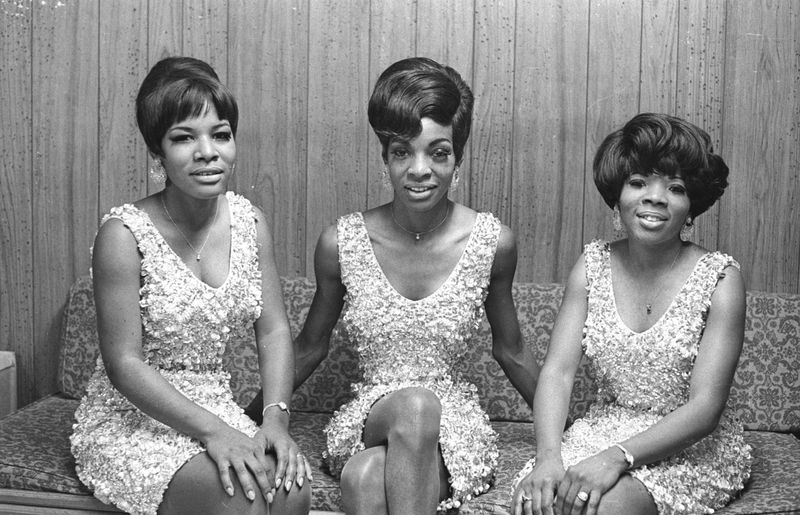
Their infectious dance anthems like “Dancing in the Street” and “Heat Wave” captured the exuberance of youth while subtly reflecting the social upheaval of the civil rights era.
Martha’s powerful vocals were forged in church choirs before she joined Motown as a secretary. Along with Rosalind Ashford and Annette Beard (later replaced by Betty Kelly), the group delivered performances that were both polished and passionate – a perfect balance of Motown sophistication and gospel-influenced intensity.
Their 1964 hit “Nowhere to Run” featured the group dancing through the Ford assembly line in a groundbreaking promotional film. This innovative marketing helped establish Martha and the Vandellas as one of Motown’s most dynamic and enduring acts.
5. The Blossoms
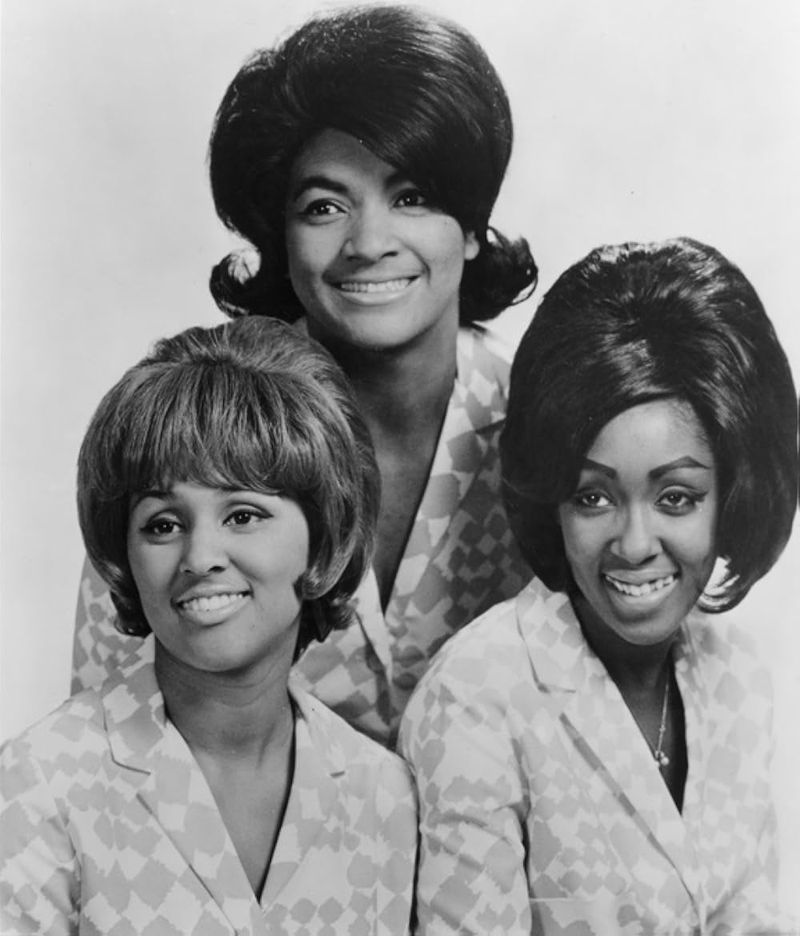
Teenage heartbreak never sounded so powerful. The Crystals delivered melodrama through perfect harmonies on hits like “Then He Kissed Me” and “He’s a Rebel,” creating mini-movies in music form that captured the emotional rollercoaster of young love.
Producer Phil Spector’s Wall of Sound technique found its perfect vehicle in The Crystals, though behind-the-scenes drama often complicated their success. In a strange twist, their massive hit “He’s a Rebel” was actually recorded by Darlene Love and The Blossoms but released under The Crystals’ name – a common but questionable industry practice.
Original members Barbara Alston, Mary Thomas, Dolores “LaLa” Brooks, Dee Dee Kennibrew, and Patricia Wright created a legacy that extended beyond their relatively short time in the spotlight. Their dramatic delivery and Spector’s lush production created a template for emotional pop that still resonates decades later.
6. The Dixie Cups
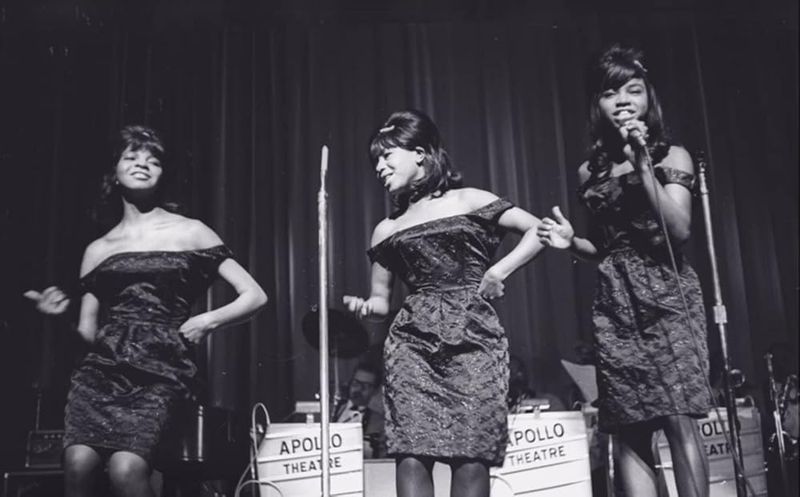
Before The Shangri-Las or The Angels hit the charts, there were The Dixie Cups – the New Orleans trio whose 1964 classic “Chapel of Love” knocked The Beatles off the top spot on the Billboard Hot 100.
Sisters Barbara and Rosa Hawkins, along with their cousin Joan Marie Johnson, brought a sweet Southern charm to the girl group sound. Their harmonies carried a joyful innocence, perfectly capturing the spirit of young love and celebration.
Discovered by Joe Jones and signed to Red Bird Records, The Dixie Cups became staples of the era with songs like “People Say” and the playful “Iko Iko,” which showcased their New Orleans roots. Though their time in the spotlight was shorter than some Motown contemporaries, their biggest hit remains a wedding anthem and a defining track of the 1960s.
7. The Shangri-Las
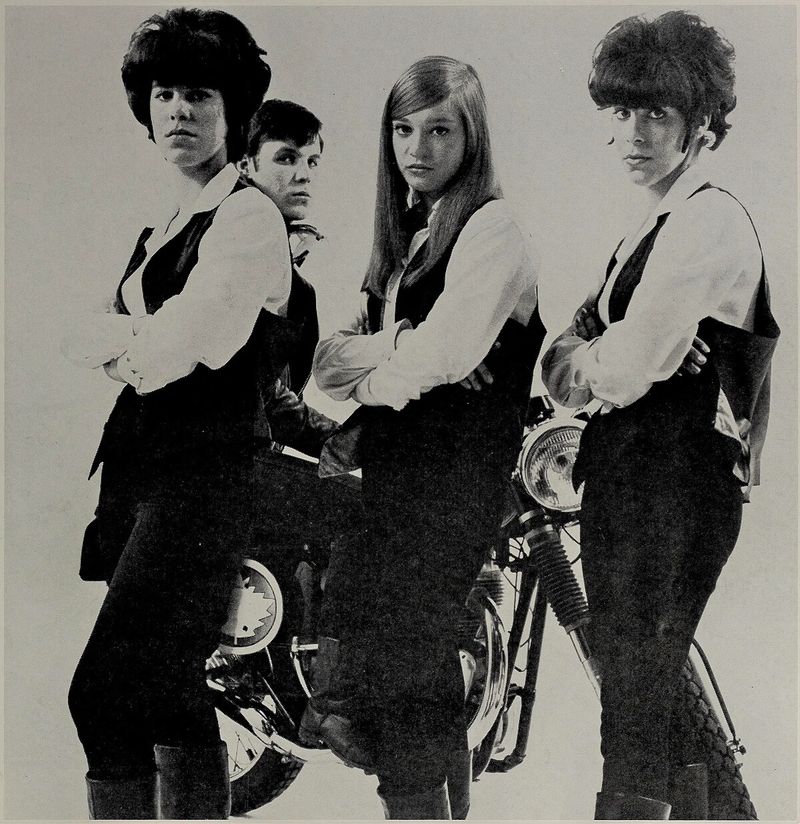
Motorcycle engines revving, dramatic spoken-word interludes, and tales of teenage tragedy – The Shangri-Las weren’t your typical girl group. Two sets of sisters from Queens, New York (Mary and Betty Weiss, and twins Marge and Mary Ann Ganser) created melodramas set to music that perfectly captured adolescent angst.
Their 1964 hit “Leader of the Pack” with its sound effects and tragic storyline represented a darker, edgier side of the girl group sound. Unlike their more polished contemporaries, The Shangri-Las cultivated a tough-girl image with leather boots and pants that contrasted sharply with the matching gowns of Motown groups.
Producer George “Shadow” Morton helped craft their unique sound, blending orchestral elements with gritty street sensibilities. Though their career was brief, their theatrical approach to pop influenced generations of artists from Blondie to Amy Winehouse.

Comments
Loading…